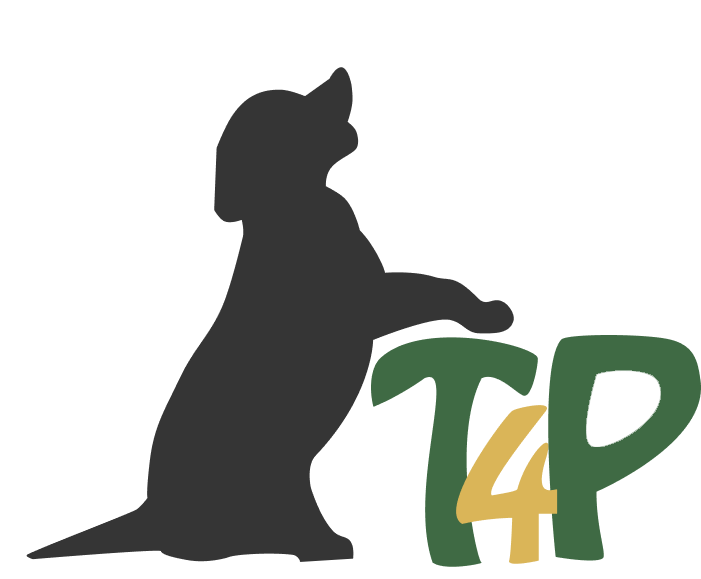Calm the Beans
The Games Dog People Play - In Scotland
Your dog is losing it when he is not allowed to greet another dog on leash? With the game "Calm the Beans" he learns that throwing a tantrum is not the best way to get what he wants.
When Jagger wants to say hello to another dog on leash or when he wants to sniff out an interesting spot, he simply pulls the leash with his entire body weight and guardian Lorna has no chance to hold him back. If this strategy does not lead to the desired success, Jagger starts to bark and lunge in frustration.
Jagger has come to the “Focus for Fido” class of my mentor Claire Staines from Lothlorien Dog Services to learn to express his wishes in a more polite manner. He should learn to ask his guardian Lorna instead of barking and lunging in frustration.
Claire teaches Jagger a game called “Calm the Beans” which shows the dog that a tantrum on the leash is not necessarily the best way to get what you want.
"Calm the Beans" - The Protocol
Throw a treat so your dog can see it but can’t reach it. Keep the leash tight but don’t pull your dog back. Now you have to wait patiently until your dog comes up with the idea of reorienting himself towards you or at least stops pulling. This is the moment you click or give your marker signal. As a reward, your dog can have the treat on the ground. Practice this until your dog quickly reorientates towards you after you have thrown the treat.
Then you can use the game in other situations: Does your dog want to sniff at a lamppost? Instead of letting him pull you along, stop and wait until he has reoriented himself towards you. Mark and send him to the lamppost as a reward. Your dog is dying to say hello to another dog, wait for him to reorient himself towards you and send him to the other dog as a reward.
What can go wrong?
Your dog is so focused on the treat on the ground that he is not able to reorient himself towards you. In this case, you already mark every slight improvement towards calm behaviour, i.e. when your dog stops pulling on the leash or stands four feet on the ground for a split second instead of barking and lunging.
Why does the game indeed "Calm the Beans"?
The reward used in the game “Calm the Beans” is a so-called primary reinforcer, which means, it is exactly what the dog wants at that moment. Primary reinforcers are the most powerful reinforcers available to us to reward behavior.
Claire uses the Premack Principle: A behavior that is likely to occur (eating the treat on the ground, sniffing at the lamppost or greeting the other dog) effectively reinforces a behavior that is not very likely to occur (reorientation toward the human).
In order to use the Premack principle effectively in very different situations, you can write a list of primary reinforcers, i.e. things in your dog’s environment that your dog loves and for which it is worthwhile for him to perform a behavior that you ask him to do in these situations.
Do NOT play "Calm the Beans" with reactive dogs!
The game “Calm the Beans” is suitable for dogs who are easily frustrated by the limited freedom of movement on the leash. It is NOT suitable for dogs with a fear or aggression issues!
How do you diagnose whether your dog is barking and lunging at the sight of another dog out of frustration or out of fear or aggression?
If your dog has no problem with other dogs off leash, if he loves to play and gets along well with other dogs, but throws a tantrum on the leash if he is not allowed to greet other dogs, it is most likely a case of leash frustration, not leash aggression. To be sure, ask a positive dog trainer for advice.
At the end of the course Jagger learned that he has the opportunity to politely communicate with Lorna to get what he wants and that he doesn’t have to bark and lunge frustratedly.
By repeating the game and rewarding with different primary reinforcers from the environment according to the Premack Principle, Jagger will continue to learn that focus on his guardian Lorna will pay off.
Note: Always use a harness when playing “Calm the Beans”.
